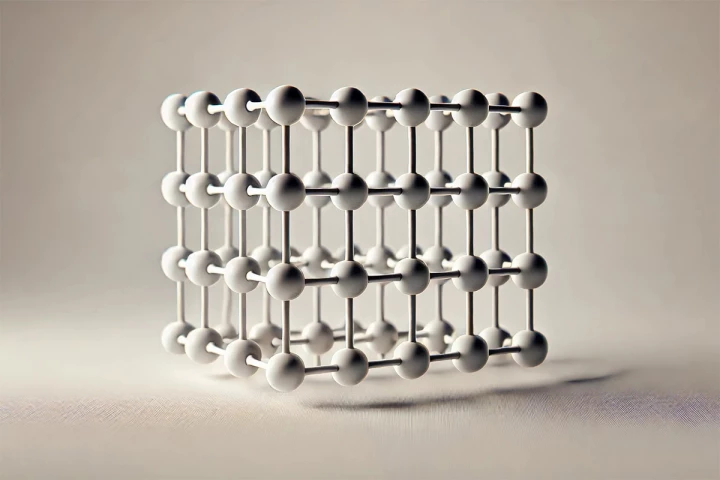Nanomaterials
-
Metallic nanoflowers may be the next frontier in brain health, reducing oxidative stress, protecting mitochondria, and even extending lifespan in lab models. A new study shows they hold “incredible potential” as neuroprotective agents.
-
Scientists at KIST have built a working electric motor with metal-free windings, replacing copper entirely. It's much lighter and could reshape the future of EVs, drones, and electric aircraft.
-
A platinum fiddle that's just 35 microns in length and 13 microns in width is believed to be the world's smallest violin, measuring just a fraction of a microscopic tardigrade. But before you get too excited, there's one little twist …
-
Using machine learning, a team of researchers in Canada has created ultrahigh-strength carbon nanolattices, resulting in a material that's as strong as carbon steel, but only as dense as Styrofoam.
-
"Imagine a swing that, once pushed, keeps swinging for almost 100 years because it loses almost no energy through the ropes." So says a Delft University of Technology researcher who has helped his team accomplish a parallel feat at the nanoscale.
-
In a move that echoes a sci-fi series, researchers have developed a material that was able to not only stimulate nerves in rodents, but reconnect them as well. The finding could lead to injectable particles that take the place of larger implants.
-
Researchers have alloyed arsenic with phosphorus to create single-atom-thick ribbons that are highly conductive, making them ideal candidates for use in next-generation batteries, solar cells and quantum computers.
-
In a fight against Iron Man, you might be better off betting on Glass DNA Nanolattice Man instead. Engineers have developed a very strong and lightweight new material out of DNA that self-assembles into lattices, and is then coated in glass.
-
It's long been assumed that when a metal structure like a bridge or an engine develops a crack, it will only get worse over time. But that might not be the case, based on what researchers have just observed happening in a piece of platinum.
-
Smart textiles and patches are the near future of home health monitoring. The latest in this burgeoning field of medical therapies is one that impressively keeps an eye on your muscles in real time, helping with both injury recovery and prevention.
-
For some time now, a nanomaterial known as MXene has been touted as a faster-charging alternative to the lithium used in batteries. It could soon be an even more viable choice, as scientists have devised a method of making it last much longer.
-
New two-dimensional nanomaterials called MXenes that are being examined by the Missouri University of Science and Technology may lead to new superlubricants that could better protect the delicate moving parts of future Mars rovers.
Load More











